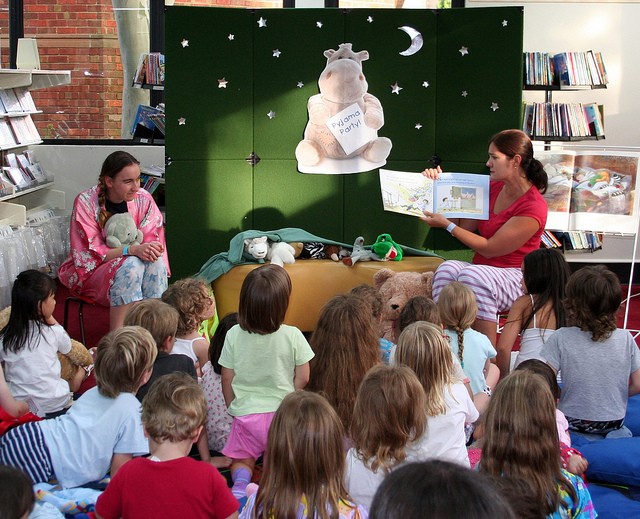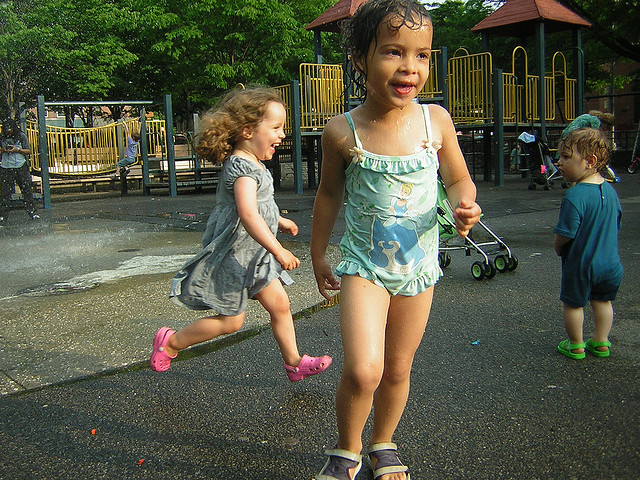Research abounds about the benefits of bilingualism: the more exposure to languages from as early an age as possible is the best. Being that our brains are still growing and developing rapidly when we are young, multiple languages can be assimilated as seamlessly as a single language at this age. Some research even goes as far as defining optimal age limits within which languages should be learned for greatest benefits, primarily for picking up a native-like accent. However, experts enthusiastically agree............. CONTINUE READING
September 12, 2011




